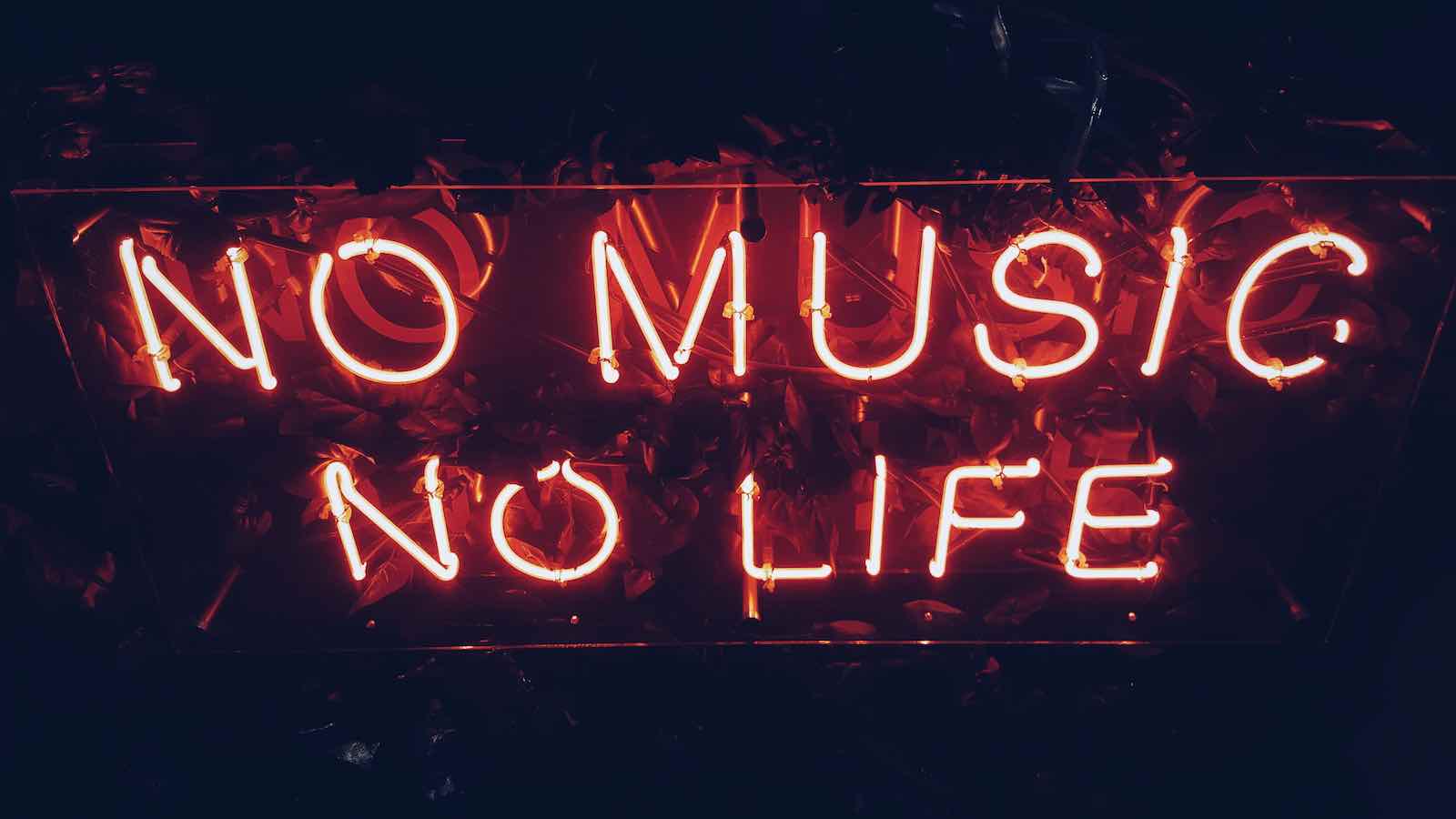
Select the best background music for your homemade YouTube video
From cooking channels to DIY tutorials to film reviewers, all successful YouTube channels have one element in common: background music. Not just any background music, either. Effective channels select royalty free music that best highlights their message; they don’t just pick something that sounds vaguely similar to their favorite song.
As with all other aspects of high-quality YouTube videos, savvy YouTubers are meticulous when selecting the background music that fits best. How do they do it? Mindful content creators take an array of factors into account.
They’re aware of the genre(s) that their channel encompasses. They research what similar channels and other similar media do, where they succeed, and where they could improve. They identify which segments of the video need background music, and they sort through their options to find which tunes best fit the allotted temporal space.

Genre and audience
Who is the audience, and what is the genre? These are two basic questions that should be asked at every step over the development of any piece of media. Is it a cooking channel geared towards stay-at-home dads in New England? Maybe K-Pop licks aren’t the best fit for that audience.
Then again, maybe that genre would work perfectly, but it’s important to determine why it would work so well. Perhaps it’s an episode on Korean cuisine, or maybe it’s even just a segment on Korean cuisine.

Is the content’s subject matter relaxed and laid back, or is it fast-paced and intense? Match the tempo with the mood. What is tempo? To put it simply: tempo determines how fast a listener will naturally tap their foot when they hear the piece. It is the “speed” of the music.
A higher tempo is indicative of high-energy, exciting situations. A low tempo, one which would make a listener tap her foot slowly, tends to have a chill, thoughtful, creepy, or analytic spirit. A channel focused on lightning-fast investing may benefit from high-tempo tracks. A series on guided meditation should probably employ low-tempo tracks.

What are similar channels doing?
It’s useful to analyze what similar channels are doing. That doesn’t necessarily mean that we need to emulate similar channels or follow their trends, but it’s important to contextualize our needs for our own channel. Do we want to stand out, or do we want to be in line with channels whose genre and audience are similar?
There are no wrong answers, only more questions to ask ourselves. How do we differ and how can our background music reflect that? Is our fashion history video focused on antebellum trends of southern belles? If that’s the case, contemporary old-timey Americana music may be a better choice than the fashion-channel genre standard tracks.
If, on the music front, there is a desire to “play it safe” and act more in line with other channels, that’s fine too. The reason we examine the music of similar channels is to determine out intentions and ensure that we know our purpose so we can appropriately follow through.

Where is background music necessary in a video?
We may need background music for YouTube content, but that doesn’t mean that we need music to play for the entire duration of the video. Maybe the background music is only being used for interludes. If that’s the case, how long is the interlude? Are the interludes supposed to make the audience feel on the edge of their seats, or is it simply supposed to feel nice, happy, and relaxed?
Once we’ve determined this and we’re ready to start shopping for tracks, we need to consider the musical concept of resolution. In music, resolution is when a melody returns to its tonal center. What does that mean? Basically, when we feel the hairs on the back of our necks stand on end as we’re about to hear our favorite song enter the chorus, we are in anticipation of the resolution.

Resolution can’t happen without dissonance. Dissonance is that tension and anticipation that builds up before the start of the chorus has resolved. If the intent is to put the audience on the edge of their seats, a clip with high dissonance is an extremely effective method. That tension will make the audience physically excited for what is to come next.
If we simply want a song to play in the background for the whole video, then we want to choose something that isn’t distracting, and we want it to fit with the considerations of genre, audience, and trend discussed earlier.
If background music is playing towards the end, we want to ensure that the end of the video doesn’t sound awkward or stilted; the music must mix well with the general rhythm of the end of the video. Ending the video while the melody is only five-eighths finished sounds jarring and careless.

Final thoughts
Music is a great tool to augment all the hard work that creators put into their YouTube videos. If, after all these considerations, there’s still difficulty determining what music fits, then imagination is key.
By imagining what we’d want to hear in our videos, we create a frame of reference and search for tracks that sound like what we’ve imagined. There’s a broad library of background music out there, so creators are bound to find something that fits any given project like a glove.
The marketplace can be confusing which is why we’re trying to take some of the guesswork out for you. HookSounds is a royalty-free music website that aims to provide the most original and highest quality of music out there. What makes HookSounds stand out among its competitors is its high curation, originality, and exclusivity. By working with hand-picked artists, HookSounds has full control over every track produced and released, making sure they are giving their audience only the best there is. Since all of their music is 100% exclusive, you can be sure you won’t find it anywhere else. HookSounds truly has its own sound: start discovering it right away, it comes highly recommended from us here at Film Daily.



